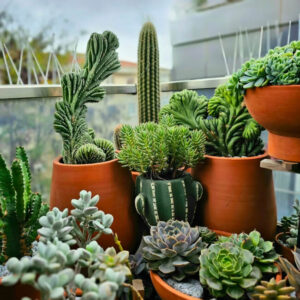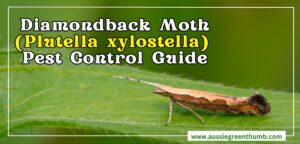If you are looking for a good soil then you must have heard about loam soil. To have a thriving garden, like so many of us crave, it is very important to ensure that everything is just right.
The sun needs to be right, the shade needs to be right, the wind needs to be right but, very importantly, the soil needs to be ‘good’. However, I have had a lot of people ask me ‘what makes soil ‘good’?
Yes, it is true, this is actually a little subjective because some plants actually require more specific type soils. Some like more alkaline, some like more acidic.
Some prefer coastal limestone based soils, others prefer more clay based soils. However, as a general rule, there is such a thing as ‘good soil’ and yes, it is attainable for you!
More...
What are the Ingredients of Soil?
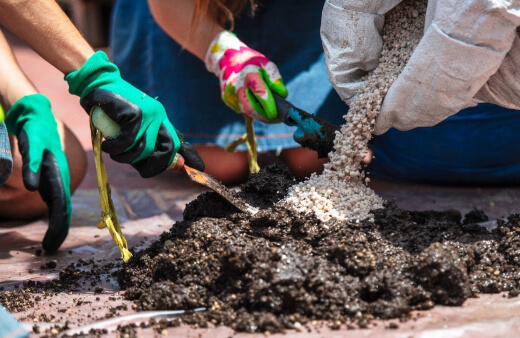
Basically, when it comes to soil there are two main ingredients, with an few others added to the mix in smaller doses. The main two ingredients are sand and clay. All soil will be a mix of various parts of sand to clay.
Soils with more sand in them will be lighter, more grainy and, if you pick it up in your hand, will easily run through your fingers. Soils with more clay will be heavier, absorb more water, stick together more and, if you pick it up, will stick to your hands a lot more.
Added to sand and clay, in soils, are various other minerals such as limestone, sulfur and the like. Organic matter also plays a very important role in determining what your soil is like.
Generally speaking, it is the organic matter which binds together the sand particles and the clay particles. This is a little simplified, but it fits for the explanation.
What is Loam Soil?
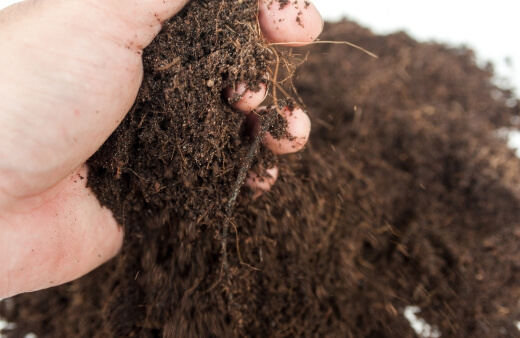
A soil can be considered ‘good’ when it has particular levels of sand, clay, organic matter and another ingredient called silt. This ‘good’ soil has a name and that is loam.
Now, there are slight variations in what is considered as loam as well, you can have light and heavy loam, but they are just small differences in the overall make up.
For the purposes of this article, ‘good soil’ is a medium loam, so smack bang in the middle of heavy and light loams.
Roughly speaking, a medium loam has the following ingredients;
10% Coarse sand (so BIG sand particles)
45% Fine sand (so SMALL sand particles)
20% Silt
15% Clay
10% Organic matter & moisture.
Now, these percentages are just rough, but they give you an idea of what it takes to make your soil good.
What Makes this Consistency of Soil ‘Good’?


Get Your Free Guide:
Master Growing Australian Natives eBook
A Must Have Complete Guide for Every Australian Garden
Get Your Free Guide:
Master Growing Australian Natives eBook
A Must Have Complete Guide for Every Australian Garden
Good question, what characteristics does this consistency of soil have which makes it good? Well, loam is considered good because though it drains really well, which roots like because it limits root rot, this loam is able to absorb a good amount of water which gives plants access to water when needed.
This consistency also helps lock in various nutrients (added via fertilisers). Loam also keeps a good temperature, not getting too hot in summer and not getting to cold in winter.
This is all because this ‘mix’ of ingredients happens to work well together to allow plants to thrive.
Problem with soils that have too much sand
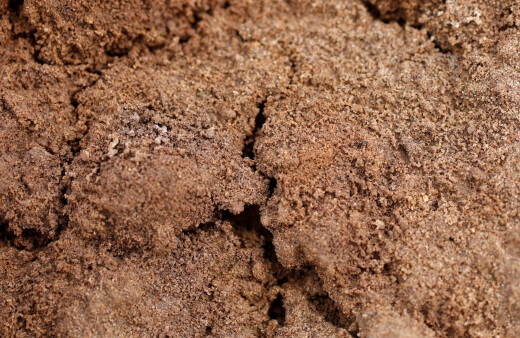
The positives to soils with lots of sand is that they drain water really well. The problem is that fine and coarse sand are not very good at keeping any water in place to be accessible for your plants to use.
Sand also allows nutrients to leech away when water, meaning that your plants don’t have access to the minerals that they need to grow in a healthy manner.
Problem with soils that have too much clay
As you can probably guess, the problem with clay soils is the opposite. Clay soils absorb and keep a lot of water, which can actually cause plants problems.
Though roots need to have access to water, they don’t like to be immersed in water (unless they are water plants) as they need to be able to breath.
Clay based soils do a good job of keeping nutrients, but they often lock them in so well that it becomes difficult for plants to access.
How do I fix my soil?
This is actually quite a complex answer because, though I have explained loam soil, I have still only explained it in a basic way. There are other considerations in actually making a good loam or turning your damaged soil into loam soil.
You need to make sure the pH levels are right for what you want to plant. You have to make sure you have enough fertiliser (nutrients) in the soil for your plants to do well and then, of course, you have to make sure it is a good mix as described above.
However, generally speaking, if you pick up the soil in your hand and it runs through your fingers really quickly, you need to add some clay particles. To do this, check out Gardening Australia’s tips.
If you have the opposite problem, you pick up your soil and it just sticks really thick to your fingers OR it is very hard to dig into your soil because it seems ‘rock hard’, you have too much clay.
Preparing Your Soil for Planting
Process of doing a garden bed make over. In this series we look at the first step (presuming that Garden Design is done before), preparing your soil.
Also see: 5 Garden Soil Problems and Solutions
Good luck with improving your soil!
Published on August 25, 2021 by Gary Clarke
Last Updated on December 23, 2025


